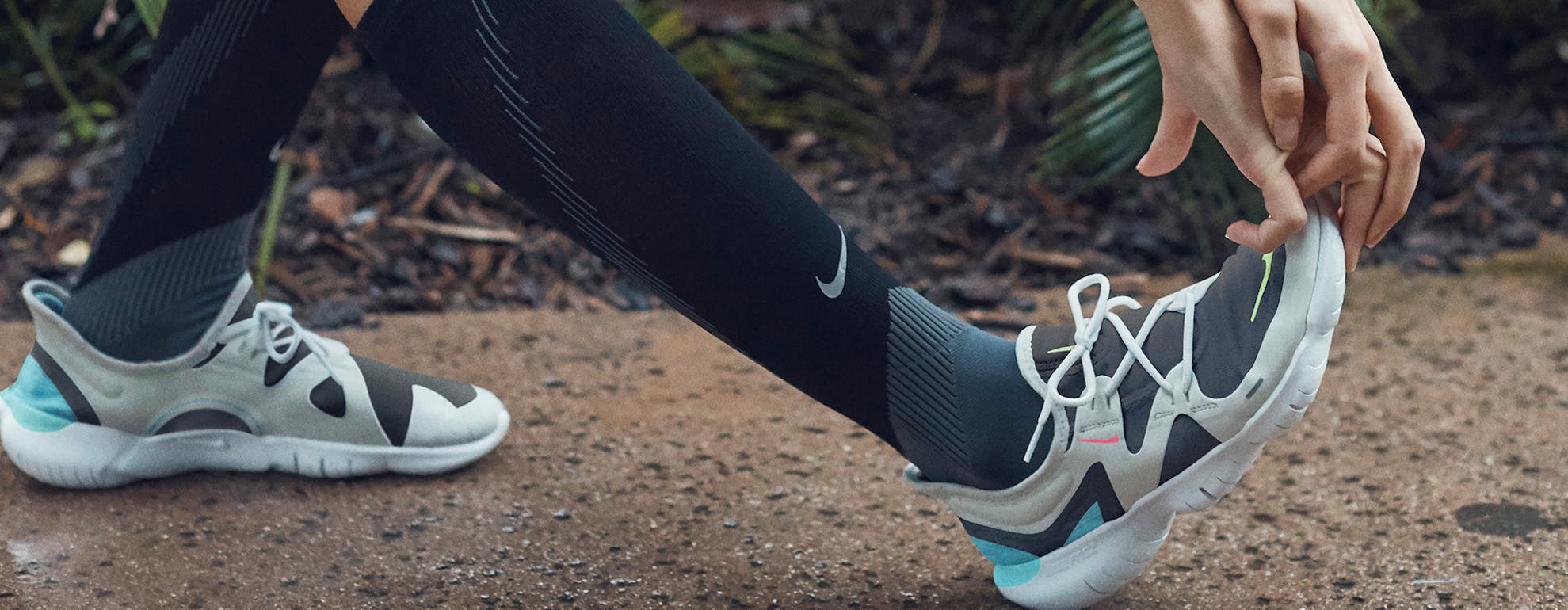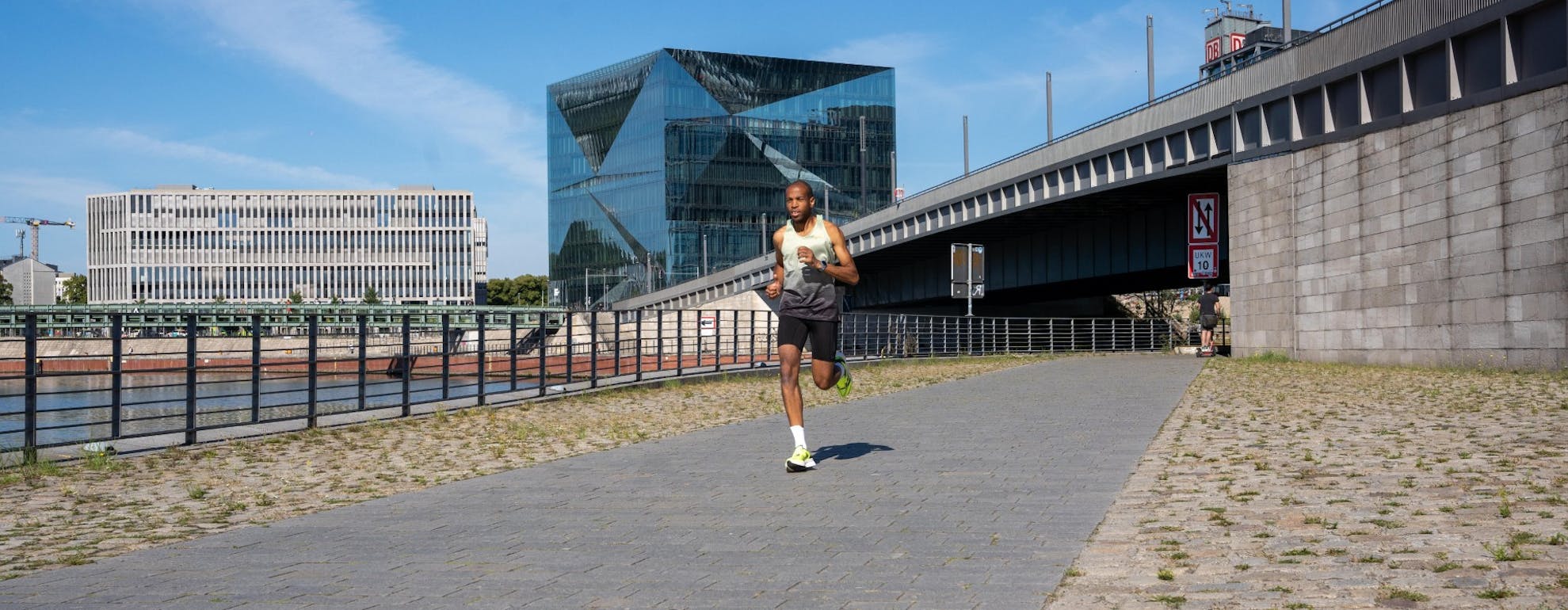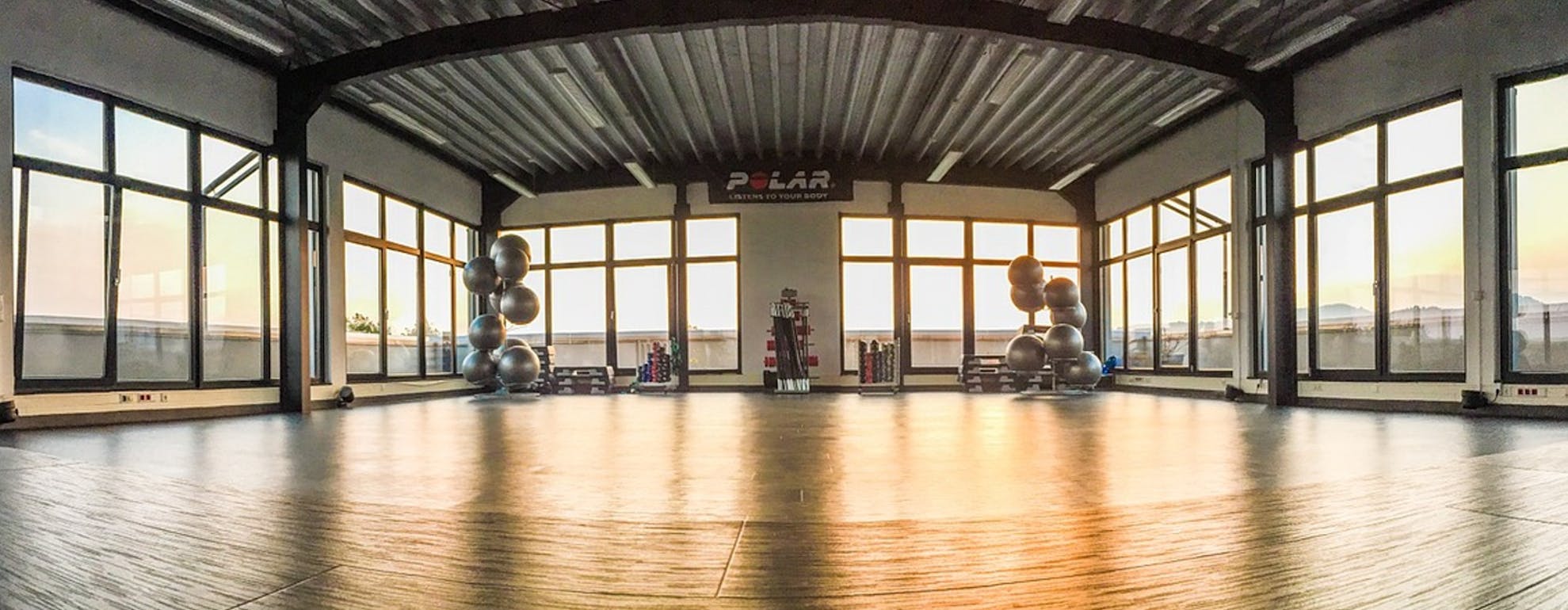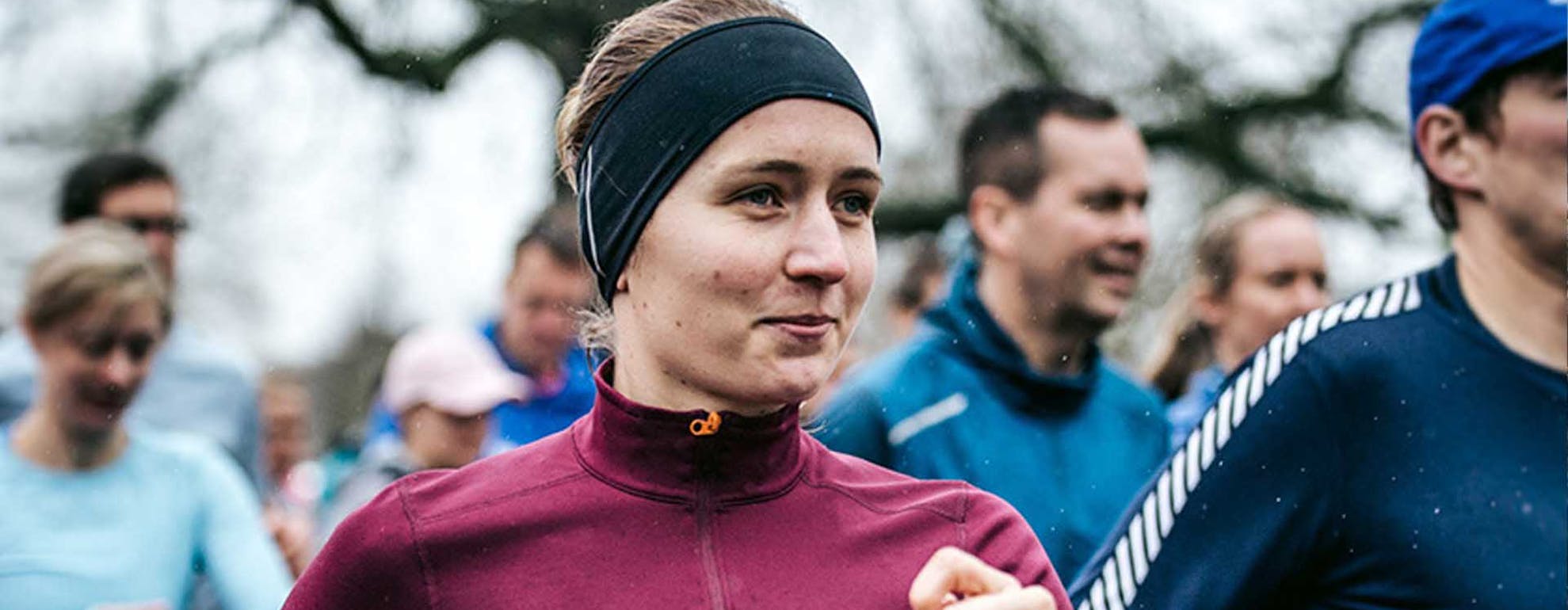
Training
Exercises to assist with Optimal Gait
A runner’s gait can be described as the way in which the foot hits and leaves the floor with each stride. Every runner will have a slightly different gait, but how can we make sure that we’re getting the most from our running style?
SportsShoes has teamed up with sports scientist and Nike trainer Luke Worthington to share his top 3 exercises to assist with optimal gait.
ㅤ
ㅤ
1. 1. SINGLE LEG GLUTE BRIDGES
ㅤ

ㅤ
Why is it important?
The point of toe off whilst running (where the toe of the rear foot leaves the floor on a running stride) should be initiated through unilateral (single legged) hip extension, driven by the gluteus maximus on the rear leg. This exercise will help to build strength in the glutes.
ㅤ
Steps:
Position yourself in a bridge position with your shoulders on a bench or a soft plyo box. The shoulder blades should be fully supported by the bench, the feet firmly grounded and the pelvis neutral
Take one foot from the floor and grab the knee with two hands. This puts the hip flexors on the non working leg on slack and minimizes the tendency to cheat the movement by using them to help
Keeping the chin tucked in to prevent over extension of the neck, lower the hips towards the floor, and then drive through the grounded foot pushing the pelvis high. You should feel a strong contraction in the buttock of the working leg
Ensure you drive through the ball of the foot on the working leg, not the heel. We are trying to train toe off with maximum glute recruitment, driving too much through the heel recruits more hamstrings which should not be the initiator of gait
Perform 3 sets of 8-10 reps on each side
ㅤ
2. 2. PALLOF PRESS
ㅤ
Why is it important?
Being able to manage the pelvis through three planes of motion will assist in optimizing the power of the stride, but also in ensuring that extension is initiated through the hip, and flexion is initiated through the ankle. This also allows for reciprocal counter rotation through the ribcage in turn allowing optimal respiration during gait.
ㅤ
Steps:
Position yourself at 90 degrees to a cable column, feet fully grounded and pelvis in neutral
Select a light to moderate weight and grasp the handle in both hands up against your midsection
Sense your heels - allowing your weight to shift back over the heels rather than being forward in your toes will train the correct muscles in the right places!
Press the handle directly out in front of you, as your arms extend, they create a longer lever arm for the cable, and it will try to rotate you towards the cable column. You must attempt to resist this rotational pull by engaging the internal and external obliques
Ensure tension is coming through the obliques and not from the diaphragm by exhaling on the press away and inhaling as you draw the handle back towards you
Perform 3 sets of 6-8 reps each side
ㅤ
3. 3. MODIFIED SINGLE LEG RDL
ㅤ
Why is it important?
The hamstrings should act as the ‘pull’ on the front leg. As the front foot strikes the ground, they immediately contract in opposition to the glute max on the rear leg.
ㅤ
Steps:
Stand tall with a neutral pelvis and the obliques engaged
Giving the example of the left leg as the working leg, reach the right hand down towards the right foot. Exhale fully as you do so to allow the ribcage to reciprocally rotate. And the left lower ribs to move towards the left illium
Grasp the left ankle with the right hand and place the ball of the right foot on the ground comfortably behind you, the right foot should be flexed at the midfoot and you should be able to sense your left heel
Use the left hamstring to pull the torso back to upright and neutral, think of the left heel and mid foot as ‘clawing’ the floor backwards beneath you
The right foot should act as a brake – the ball of the foot giving traction into the floor. This should allow you to feel a co-contraction in the right glute max and the left hamstrings
Perform 3 sets of 10-12 reps on each leg
ㅤ

ㅤ
The correct shoes are essential for runners regardless of their gait or pronation. Luke Worthington recommends the Nike Free trainer.
ㅤ
Looking for some training tips and advice? Then head over to our Training category where our athletes and experts explain everything you need to know.
Welcome
Welcome to the SportsShoes Training Hub! We’ve teamed up with athletes and experts to bring you the very best advice on how to maximise your workouts and achieve your best results.
Read More
Share this
Featured articles
View All



